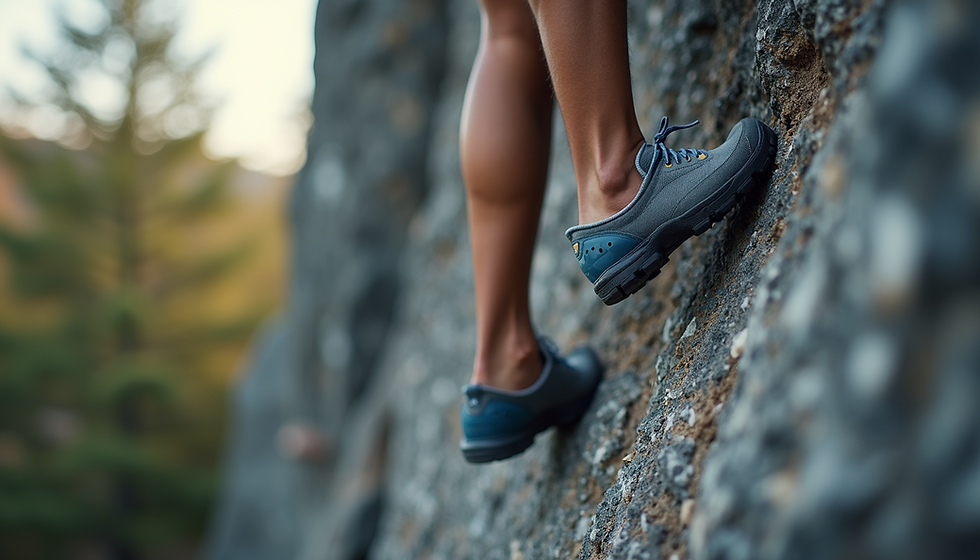How to Start Trad Climbing
- info400279
- Jan 14, 2024
- 3 min read
I’m not going to go into as much detail with moving to outdoor trad climbing because there is a lot of information to know before starting leading. That isn’t to say it can’t be picked up quickly if you are a solid indoor leader, but that it’s less accessible because of the need for a transfer of information. A good progression before trying outdoor trad leading is to learn to sport climb outdoors or in an ideal world follow/second an experienced trad climber on trad routes.

Trad Apprenticeship -
Historically most people would learn to climb traditional climbs by going out with an experienced leader and doing a long period of seconding routes, literally learning the ropes before progressing onto leading easy routes. This process was usually fairly slow, but lead to a thorough transfer of skills from mentor to mentee, with the mentee eventually becoming experienced in their own right. Then the system would repeat with the skills being passed on again to the next generation. This still takes place, but is less common than it used to be, the problem being that it can be tricky to find a suitable mentor who is willing to invest time in teaching you to climb. All of these methods have a cost and the cost for this method is time. Another potential downside is that the information about how climb might not be up to date or taught efficiently
Clubs -
A club is a good way of meeting people who already trad climb and in some ways is similar to a traditional apprenticeship. Clubs have lots of benefits such as access to hut accommodation in good climbing areas and lots of like minded and more experienced people to climb with. The downside to clubs is that whilst some offer training courses for members, lots require you to already have some experience as a trad climber or lead climber. Club fees are usually cheap, but again in order to learn to lead you need to either find a member who is willing to invest time in teaching you or if the club offers training courses pay a bit of money to learn skills. The costs in a club are a mixture of time and money, again with the potential for the information to not be the highest quality.

Instruction -
I’ll start with a big disclaimer - I teach lots of people how to trad climb, I love doing it and so I’m always going to be an advocate for going on a course. Normally on one of our courses an experienced indoor lead climber will make a lot of headway to becoming a safe trad leader in just two days. I’m going to keep it simple and just lay out the advantages and disadvantages of going on a climbing course with me.
Advantages
Standardised teaching - trained and assessed by a National Center
Up to date information - member of a professional association (AMI)
Wealth of experience to draw on - thousands of hours climbing and teaching
Free use of equipment - try before you buy
Efficient and low stress learning - the focus is entirely on you, the learner
Local knowledge - maximise the use of time at the crag
Safe - an experienced instructor looking after you
Disadvantages
Cost
Needing to find a climbing partner after
A note on safety: Be careful when moving around a crag outdoors, there are lots more hazards that indoor climbing. Watch out for loose rock, both on the crag and underfoot, if you do dislodge something make sure you shout to alert other climbers (In the UK we shout "below" or "rock". Other hazards might be; unexpected drops, exposed scrambles to get to the bottom of a climb, animals, tides if you are climbing by the sea and many more.
Climbing outdoors is fantastic but does take a bit more thought than visiting the gym. Get your mates together and go for it!



Comments